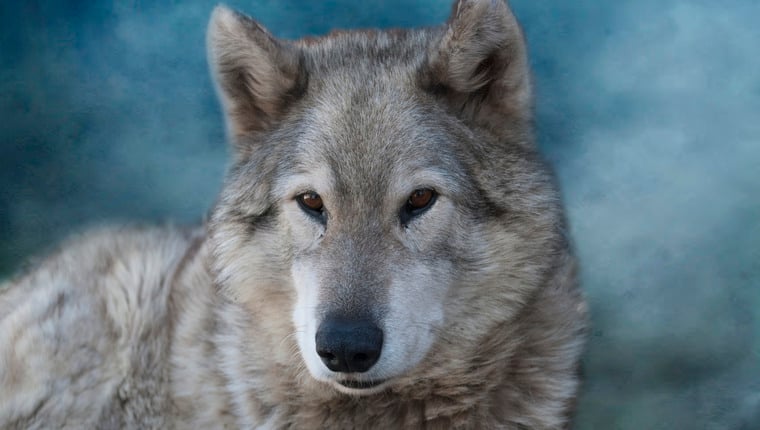- January 8, 2023
- No Comment
- 4 minutes read
As Colorado Brings Back Wolves, Utah Faces Misinformation – DogTime

(Picture Credit: Kathleen Reeder Wildlife Photography / Getty Images)
Two years after Coloradoans voted to reintroduce gray wolves in the state’s western slope, the issue is raising concerns in neighboring Utah. Specifically, ranchers and hunters in the Beehive State worry that predators will adversely affect their livestock and prey animals, respectively.
Kirk Robinson, Ph.D, is the founder and executive director of the Western Wildlife Conservancy. Recently, Robinson wrote an opinion piece for The Salt Lake Tribune regarding the gray wolf issue. Robinson argues that while certain concerns are valid, misinformation is obscuring the facts.
Advertisement
According to Robinson, the Colorado initiative will undoubtedly bring wolves across the border into Utah. However, he says, “whether they will still be protected under the Endangered Species Act is less certain”. As a result, Robinson speculates that the Utah Division of Wildlife Resources, “with the blessing of the Utah Legislature”, could decide to use lethal methods to manage wolf populations and protect the state’s economic interests.
“The public deserves to know that there is no solid scientific evidence that wolf hunts will benefit prey animals or livestock,” says Robinson. “In fact, there is substantial evidence that killing [pack leaders]…will lead to more predation on livestock by the remaining wolves.”
Notably, Robinson singles out Don Peay, founder of Sportsmen for Fish and Wildlife (SFW), as a primary source of misinformation. Interestingly, Peay was former president Donald Trump’s Utah campaign manager in 2016. Supposedly, Peay believes that gray wolves would be disastrous to Utah’s hunting economy, saying that even a small population “would kill every elk in Utah.”
However, Robinson says Peay has yet to affirm his claims with any scientific evidence. Furthermore, he cites data from Yellowstone—where wolves were also reintroduced—that shows how reintroduction had a marginal impact on hunters. Interestingly, Robinsons describes how hunters will specifically seek elk and deer “in their reproductive prime.”. Contrastingly, wolves will increase their odds of success by hunting old and diseased animals. In this way, Robinson argues, the predators actually have a restorative effect on their local ecosystems.
Finally, Robinson disagrees with Peay that wolf reintroduction goes against the wishes of Utah’s citizens. Notably, he cites a 2002 Utah State University survey that shows how—excepting big game hunters—people in Utah agree that wolves are vital to ecological health.
Hopefully, Robinson’s article will cut through the debate and move people to research the facts regarding gray wolf reintroduction. These misunderstood animals are vital to protect ecosystem health and preserve natural resources for all living things.

